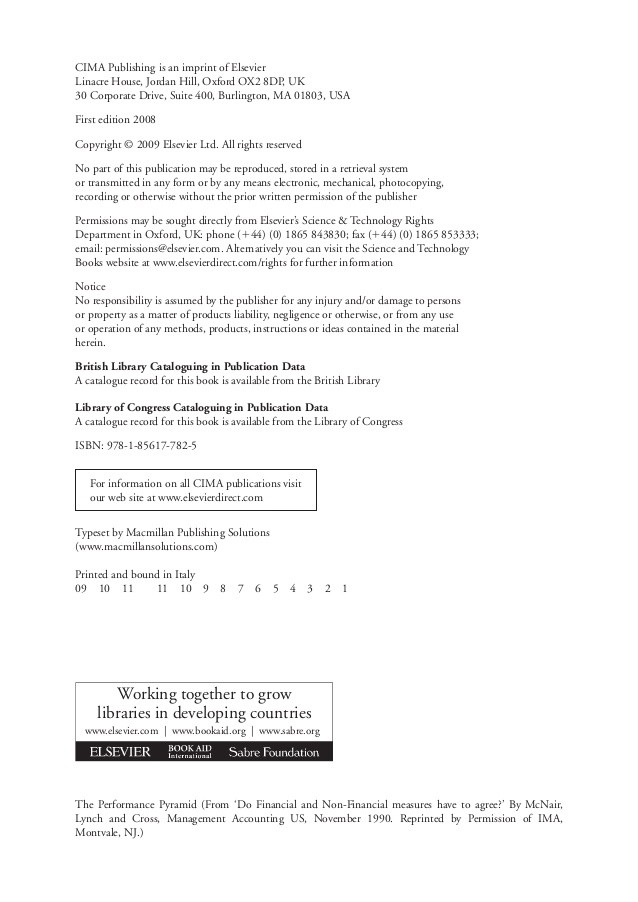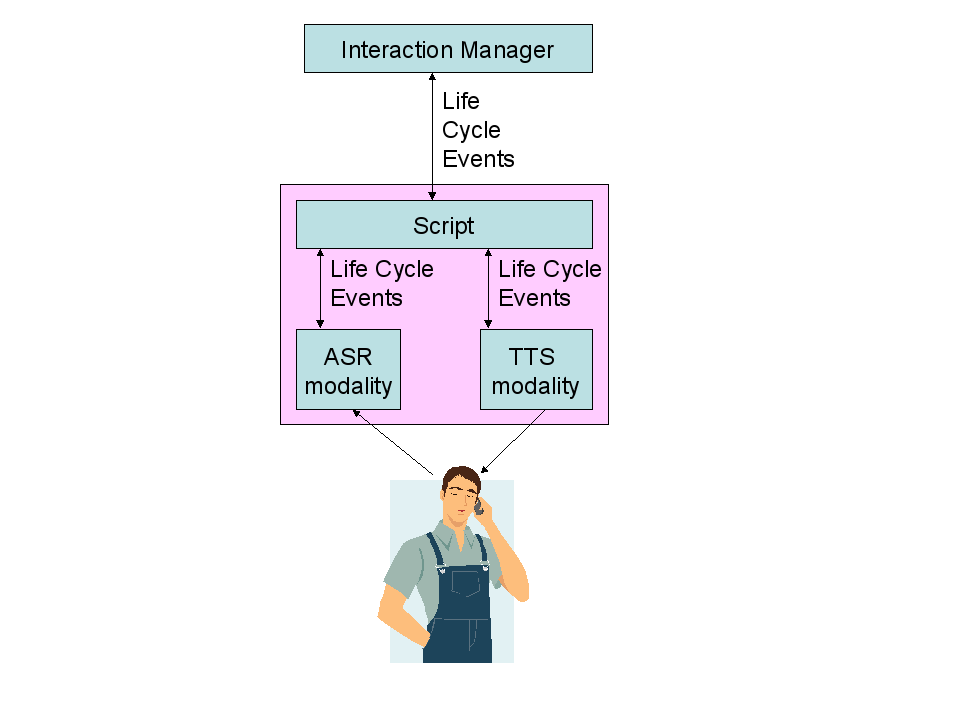Statement 133 Implementation Issue No E3
Post on: 25 Май, 2015 No Comment

Statement 133 Implementation Issue No. E3
March 31, 1999
(Revised September 25, 2000)
QUESTION
May an entity use an intercompany derivative as a hedging instrument in consolidated financial statements? A derivative instrument contract between two members of a consolidated group is referred to in this issue as an intercompany derivative. even though it is referred to in paragraph 40A of Statement 133 as an internal derivative (as noted below).
BACKGROUND
Paragraph 36 of Statement 133 states that a foreign currency derivative instrument that has been entered into with another member of a consolidated group can be a hedging instrument in a fair value hedge or in a cash flow hedge of a recognized foreign-currency-denominated asset or liability or in a net investment hedge in the consolidated financial statements only if that other member has entered into an offsetting contract with an unrelated third party to hedge the exposure it acquired from issuing the derivative instrument to the affiliate that initiated the hedge.
Paragraph 40A of Statement 133 states that:
A foreign currency derivative contract that has been entered into with another member of a consolidated group (such as a treasury center) can be a hedging instrument in a foreign currency cash flow hedge of a forecasted borrowing, purchase, or sale or an unrecognized firm commitment in the consolidated financial statements only if the following two conditions are satisfied. (That foreign currency derivative instrument is hereafter in this section referred to as an internal derivative .)
- From the perspective of the member of the consolidated group using the derivative as a hedging instrument (hereafter in this section referred to as the hedging affiliate ), the criteria for foreign currency cash flow hedge accounting in paragraph 40 must be satisfied.

RESPONSE
Whether an intercompany derivative can be designated as a hedging instrument in consolidated financial statements depends on the risk being hedged. If the hedged risk is either the risk of changes in fair value or cash flows attributable to changes in a foreign currency exchange rate or the foreign exchange risk for a net investment in a foreign operation, then an intercompany derivative can be designated as the hedging instrument provided that (1) in a fair value hedge or in a cash flow hedge of a recognized foreign-currency-denominated asset or liability or in a net investment hedge in the consolidated financial statements the counterparty (that is, the other member of the consolidated group) has entered into a contract with an unrelated third party that offsets the intercompany derivative completely, thereby hedging the exposure it acquired from issuing the intercompany derivative instrument to the affiliate that designated the hedge or (2) in a foreign currency cash flow hedge of a forecasted borrowing, purchase, or sale or an unrecognized firm commitment the counterparty has entered into a derivative contract with an unrelated third party to offset the exposure that results from that internal derivative or if the conditions in paragraph 40B of Statement 133 are met, entered into derivative contracts with unrelated third parties that would offset, on a net basis for each foreign currency, the foreign exchange risk arising from multiple internal derivative contracts.
The Board decided to permit the designation of intercompany derivatives as hedging instruments for hedges of foreign exchange risk to enable companies to continue using a central treasury function for derivative contracts with third parties and still comply with the requirement in paragraph 40(a) that the operating unit with the foreign currency exposure be a party to the hedging instrument. (As used in this response, the term subsidiary refers only to a consolidated subsidiary. The response should not be applied directly or by analogy to an equity-method investee.)
In contrast, an intercompany derivative cannot be designated as the hedging instrument if the hedged risk is (1) the risk of changes in the overall fair value or cash flows of the entire hedged item or transaction, (2) the risk of changes in its fair value or cash flows attributable to changes in the designated benchmark interest rate, or (3) the risk of changes in its fair value or cash flows attributable to changes in credit risk. Similarly, an intercompany derivative (that is, a derivative instrument contract between operating units within a single legal entity) cannot be designated as the hedging instrument in a hedge of those risks. Only a derivative instrument with an unrelated third party can be designated as the hedging instrument in a hedge of those risks in consolidated financial statements.
There is no requirement in Statement 133 that the operating unit with the interest rate, market price, or credit risk exposure be a party to the hedging instrument. Thus, for example, a parent company’s central treasury function can enter into a derivative contract with a third party and designate it as the hedging instrument in a hedge of a subsidiary’s interest rate risk for purposes of the consolidated financial statements. However, if the subsidiary wishes to qualify for hedge accounting of the interest rate exposure in its separate-company financial statements, the subsidiary (as the reporting entity) must be a party to the hedging instrument, which can be an intercompany derivative obtained from the central treasury function. Thus, an intercompany derivative for interest rate risk can qualify for designation as the hedging instrument in separate company financial statements but not in consolidated financial statements.
The above response has been authored by the FASB staff and represents the staff’s views, although the Board has discussed the above response at a public meeting and chosen not to object to dissemination of that response. Official positions of the FASB are determined only after extensive due process and deliberation.














